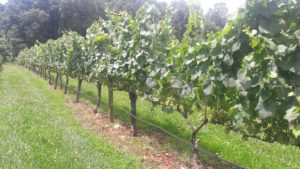
Grape Pest Survey - 4th Week of June
As the grapes grow, we again started to catch grape berry moth in one of our Northwest locations (Wilkes Co.), …



Extension and research at NC State address timely issues impacting our state. Extension delivers trusted information directly into the hands of farmers and agribusinesses, helping them translate knowledge into solutions that grow our economy and communities.
El inglés es el idioma de control de esta página. En la medida en que haya algún conflicto entre la traducción al inglés y la traducción, el inglés prevalece.
Al hacer clic en el enlace de traducción se activa un servicio de traducción gratuito para convertir la página al español. Al igual que con cualquier traducción por Internet, la conversión no es sensible al contexto y puede que no traduzca el texto en su significado original. NC State Extension no garantiza la exactitud del texto traducido. Por favor, tenga en cuenta que algunas aplicaciones y/o servicios pueden no funcionar como se espera cuando se traducen.
Inglês é o idioma de controle desta página. Na medida que haja algum conflito entre o texto original em Inglês e a tradução, o Inglês prevalece.
Ao clicar no link de tradução, um serviço gratuito de tradução será ativado para converter a página para o Português. Como em qualquer tradução pela internet, a conversão não é sensivel ao contexto e pode não ocorrer a tradução para o significado orginal. O serviço de Extensão da Carolina do Norte (NC State Extension) não garante a exatidão do texto traduzido. Por favor, observe que algumas funções ou serviços podem não funcionar como esperado após a tradução.
English is the controlling language of this page. To the extent there is any conflict between the English text and the translation, English controls.
Clicking on the translation link activates a free translation service to convert the page to Spanish. As with any Internet translation, the conversion is not context-sensitive and may not translate the text to its original meaning. NC State Extension does not guarantee the accuracy of the translated text. Please note that some applications and/or services may not function as expected when translated.
Collapse ▲
As the grapes grow, we again started to catch grape berry moth in one of our Northwest locations (Wilkes Co.), …
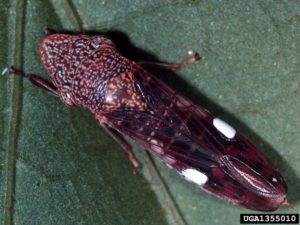
Glassy-winged sharpshooter (GWSS) detections continue in both of our Northeast sites, in Perquimans and Currituck Co., and we captured our …
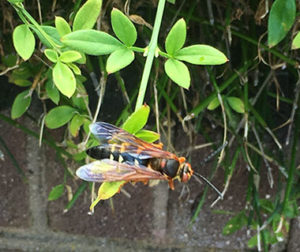
Cicada killer wasps are starting to emerge. This picture was taken on Friday in a landscaped area outside the …
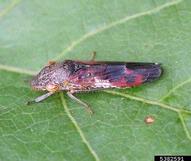
We are starting to catch the glassy winged sharpshooter, a vector of Pierce’s diseases(PD) in one of our northeast …
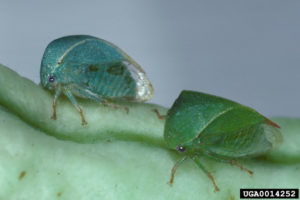
As the summer approaches, the three-cornered alfalfa hopper, Spissistilus festinus, captures are picking up in both sticky traps and …
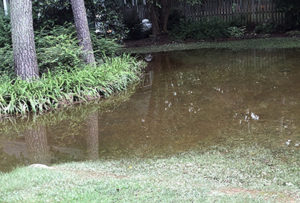
Close to a year ago (June 13, 2018), I wrote “Raining in Mosquitoes” after we had torrential rains in …
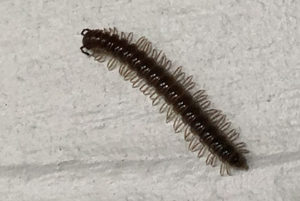
The hot dry weather has caused millipedes to move in search of moister areas which often means they crawl …
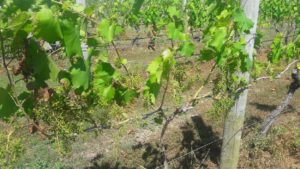
Our last site in the southwest of the state has been added to the pest survey this week in …
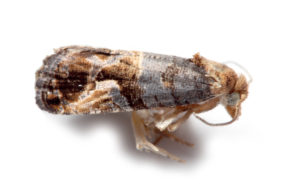
As we move towards the end of May, a few vineyards are still in blossom and others are setting …
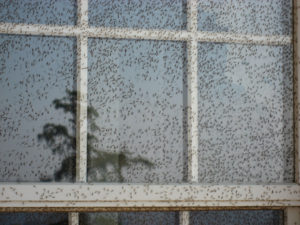
Chironomid midges (“fuzzy bills”) are emerging in large numbers from ponds, lakes as well as the rivers feeding into …
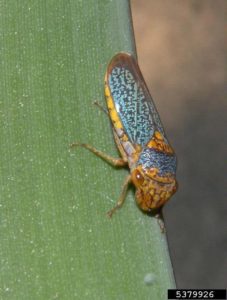
As we approach the 3rd week of May, the plants continue to fill in, and some fields have started …
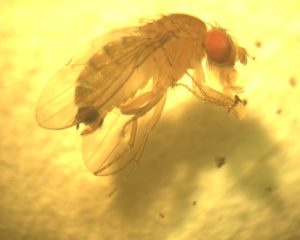
The first confirmed adult spotted-wing drosophila (SWD) in commercially grown blueberries for the 2019 growing season was captured early …
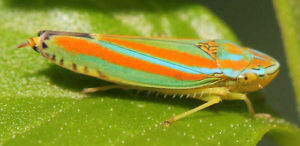
We have establishing grape pest monitoring locations and completed our first weeks of pest counts at three of our …
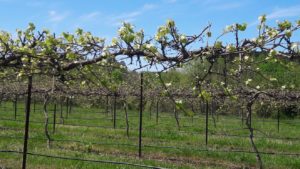
This spring, the Specialty Crop IPM Lab is scouting vineyards in throughout North Carolina in order to track the …
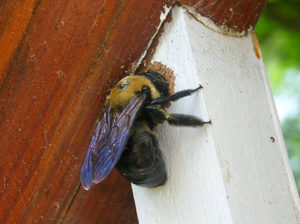
Carpenter bee activity is on the increase. The activity near the end of March and early April was mostly …
Prior to the previous 2016 Section 18 registration, the only effective labeled insecticide to manage this aphid was Sivanto. …
Sivanto Prime for control of sugarcane aphid on sweet sorghum has been approved for use in North Carolina during …
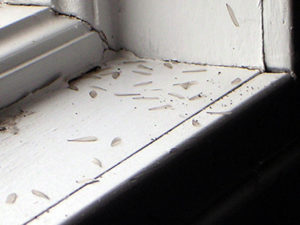
Since I didn’t have any luck with predicting March Madness, I’ll switch to what for many homeowners might be …

The North Carolina Cooperative Extension, Chatham County Center conducted an Industrial Hemp Workshop on February 28, 2019, at the Chatham …

With their luscious colors and myriad forms, dahlias are hard to resist. Our customers apparently agree, as dahlias continue …

Vineyard establishment involves careful planning, thorough site preparation, vineyard design, planting, and trellis construction. Unlike …

Grapes grown in North Carolina are sometimes exposed to unfavorable climatic conditions and biological pests …

This manual prepares pesticide applicators for Forest Pest Control Certification exams in the following states: …
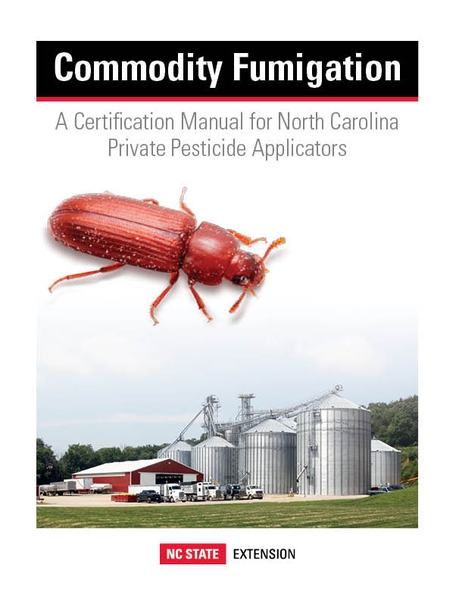
This manual provides guidance tailored for North Carolina's non-commercial pesticide applicators using fumigants in commodity …
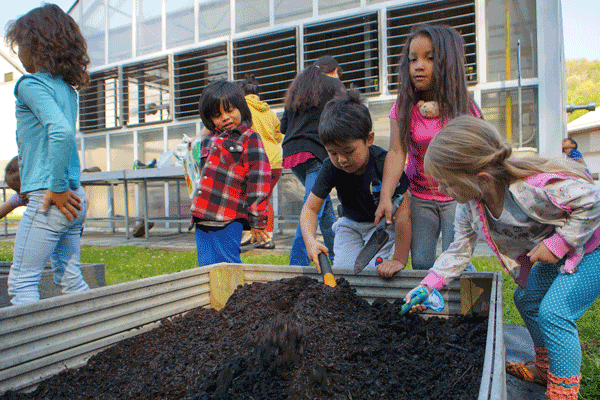
This chapter of the Farm to Early Care and Education Resource Guide for North Carolina …
Including sloped screens for solid-liquid manure separation can have positive impacts on manure management systems …
Screw press separators can divide a single by-product stream into a solid and liquid stream …
This factsheet summarizes key technologies used to produce pellets from animal manures and the impact …